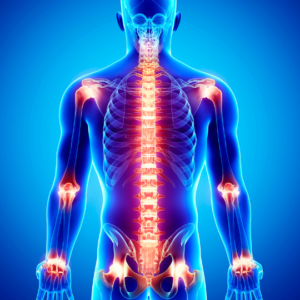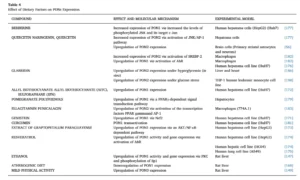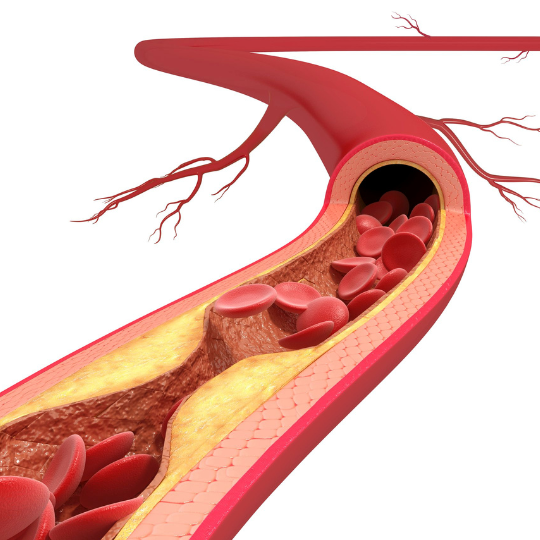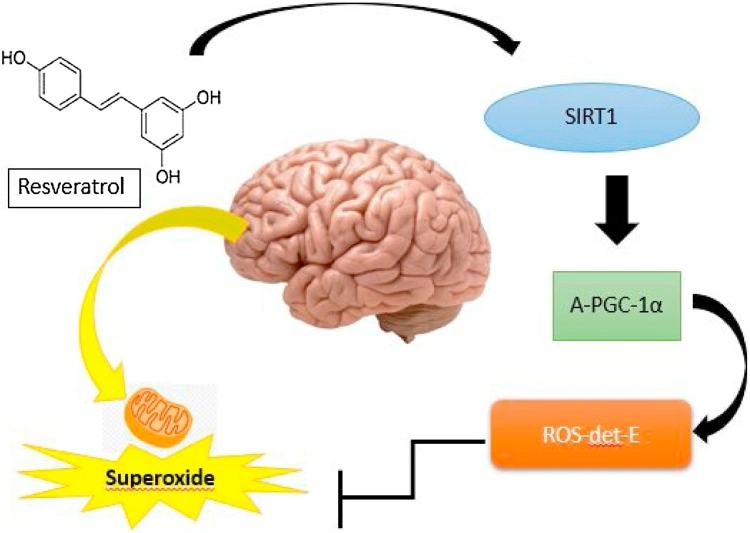Paraoxonases (PONs) represent a family of proteins with enzymatic function that play a critical role in the human body. There are three known PON enzymes: PON1, PON2, and PON3. These type of enzymes have antioxidant activity, making them essential for maintaining good health and longevity. PON enzymes have also been associated with preventing cardiovascular diseases such as atherosclerosis and neurodegenerative diseases, such as Alzheimer’s and Parkinson’s disease (Bacchetti et al., 2019).
PON (cholesterol) siblings
Although they belong to the same family, each PON enzyme performs different tasks to keep you safe and sound.
PON1 has been studied more extensively than its two siblings. PON1 is produced in the liver and secreted into the bloodstream, by being assembled in High-Density Lipoprotein (HDL) particles, the infamous ‘good cholesterol’. It plays a key role in protecting against ROS (Reactive Oxygen Species), which generate oxidative stress. PON1 does this by breaking down and removing harmful substances from the body, including external chemicals such as pesticides and other toxins. PON1 is especially essential for preventing lipid peroxidation of Low-Density Lipoprotein (LDL) particles (Bacchetti et al., 2019).

PON2 is expresses in different tissues such as heart, liver, lungs, testis, placenta, stomach, small intestine, spleen, kidney, vascular endothelial cells, vascular smooth muscle cells and macrophages. PON2 is localized in the plasma membrane, in the endoplasmic reticulum, nuclear envelope and in the inner mitochondrial membrane where it is essential for the correct functioning of the electron transport chain. Due to the fact that PON2 is localized near the mitochondria, it is vital to improve mitochondrial function, and diminish ROS generation. It also has some activity in preventing lipid peroxidation of cell membranes (Bacchetti et al., 2019; Parween & Gupta, 2022).
And last but not least, PON3 is an enzyme that is produced in the placenta during pregnancy and expressed in the liver and kidneys during adulthood. It has also been localized in the surface of HDL particles. This sibling of the PON family is the least studied, but it has been related with the modulation of mitochondrial function, and reduction of the release of the Superoxide anion (O2–) from the inner mitochondrial membrane. Also, together with PON2, it has an anti-apoptotic effect that can be of physio-pathological relevance in different types of tumors (Bacchetti et al., 2019).
Genetics (as always)
There are several genetic predispositions, or single nucleotide polymorphisms (SNPs), that can affect the activity of PON enzymes:
- PON1: over 200 SNPs have been described in the human PON1 gene. The most common are PON192R and PON192Q; they differ in their catalytic activity towards synthetic substrates. The amino acid 192 has a role in the catalytic activity and binding to HDL, reducing the activity of the PON1 enzyme

- PON2: there are only two polymorphisms described in the PON2 gene. PON2 SNPs have been associated with alterations of plasma cholesterol and lipid levels in patients affected by diseases such as type 2 diabetes and Alzheimer’s disease
- PON3: there are also just two SNPs described in the PON3 gene. These SNPs are being studied and the functional alterations they may cause is yet to be clarified.
Diet and lifestyle
To address these genetic predispositions and reduce risks of having an imbalance in ROS activity, there are some dietary and lifestyle changes you can make. Firstly, we recommend you to do a genetic test to discover if you have any SNPs that may cause problems in the normal functioning of your PON enzymes. You can learn more about our genetic and metabolic optimization approach and get in touch if you need more information.
In terms of diet and lifestyle, we can sketch out for you a customized healthy diet, rich in fruits, vegetables, whole grains and most importantly polyphenols and other antioxidant bio-compounds to support your PON enzymes’ activity.
For example, some studies show that pomegranate polyphenols can enhance PON2 expression, whereas consuming yerba mate can enhance all PON enzymes’ activity (Bacchetti et al., 2019).
Here is a table that summarizes the effect of dietary factors on PONs expression:
To wrap up, PON enzymes play a vital role in the human body, and they have a wide range of functions to keep ROS controlled and your lipids thriving. By making lifestyle changes and having a healthy diet, you can enhance and protect the activity of these very precious enzymes, to keep you healthy for a long long time.













